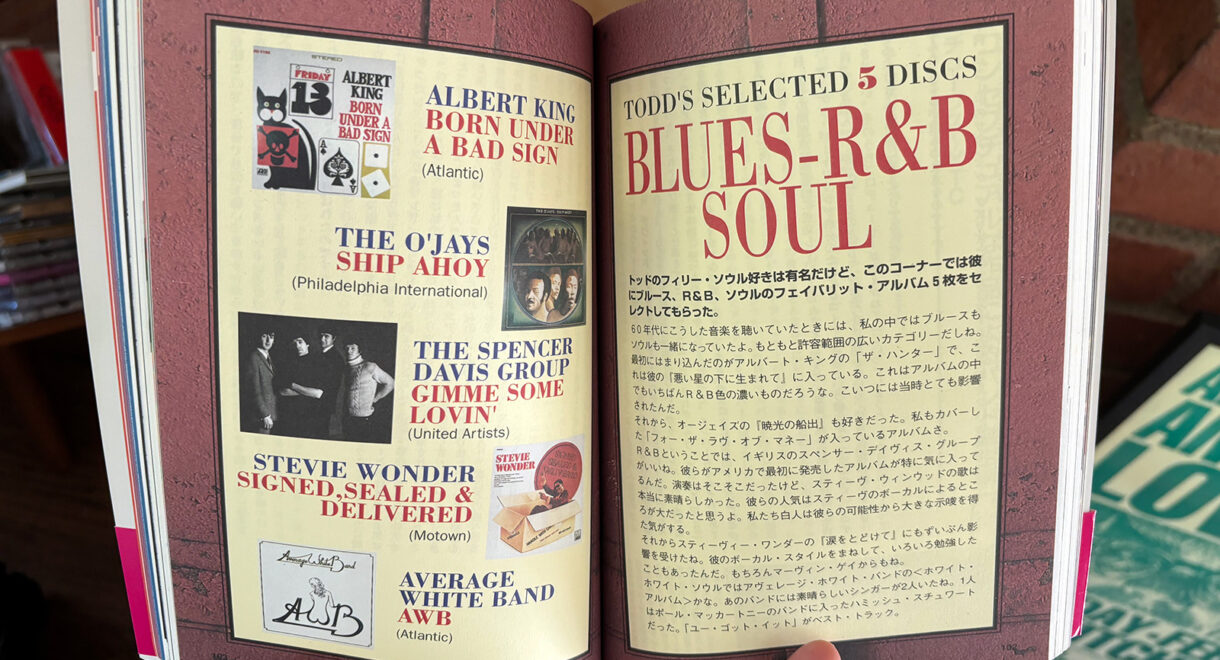In conversation with Small Medium Large, a new quintet from the burgeoning new West Coast jazz & improvised music scene. In 2018, LA-based jazz and post-rock guitarist Jeff […]
A Brief History of OBI Art and Our Favorite Japanese Pressed Jazz

Exploring the vast catalog of jazz records pressed in Japan with a selection of our favorite OBI’s.
If you have records in your collection with an OBI, you likely have found an affinity for this extra layer of design. And if it happens to be on a version of your favorite record, it can feel like you’re getting even more of an experience from that pressing. After all, for many the physicality of a vinyl record is a key part of the overall enjoyment of analog listening. Though if you’ve ever wondered more about the history and meaning behind the OBI’s, especially for those who cannot read Japanese, you might be surprised at the romance and utility of this delicate sash.
The word “OBI” has its origin in the Japanese traditional Kimono. The belt of fabric that stitches the waist of the wearer of this precious cultural garment is called an OBI. When companies first started fitting OBI’s onto jackets in the early 50’s, record shops would only get one per title they ordered, with the intent that these records be used as a display to lure listeners. By the early 1970s, OBI’s would be commonly included on all copies. Outside of their visual appeal, OBI’s became more of a necessity as music from other parts of the world started to flow into Japan, and they morphed into tools of translation.
For pressings outside of Japan that borrow from this concept, the necessities of post-industrial western efficiency have reduced the wrap-arounds to being folded onto the record sleeve. Even though this strays from the usual paper “belt,” the modern adaptation often keeps with the traditional placement of information.
Below, you’ll find a guide on the most common format of OBI’s.
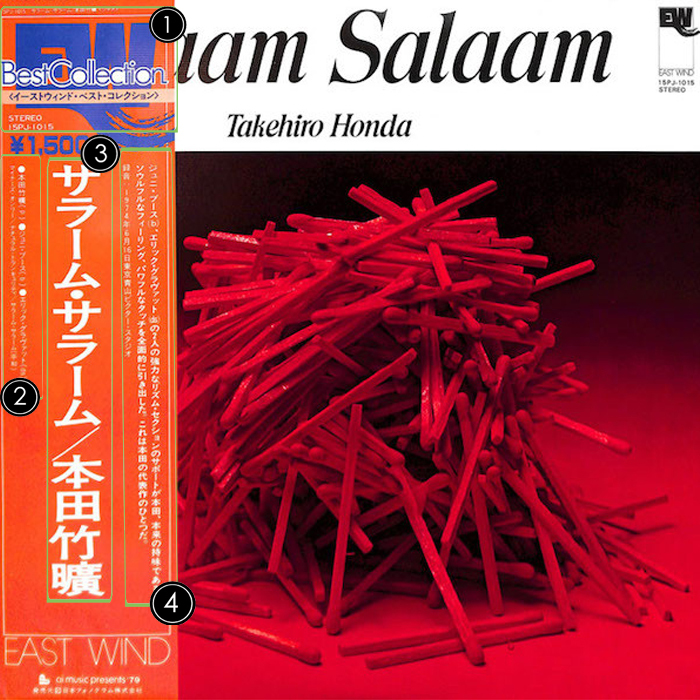
- (1) Record label or series logo
- (2) A selected or complete track listing
- (3) The artist and album name
- (4) A short teaser about the artist and record
It’s no surprise that on the resale market records with the original OBI can fetch exponentially more than a record without one, but their collectability goes beyond fanaticism. The art of OBI’s often have a thoughtful interplay with the album art they’re paired with. Some OBI art takes inspiration from the design and colors of the album art, while others add completely new design elements.
Below we’ve featured a few outstanding examples of classic and rare jazz albums pressed in Japan, each with the satisfying addition of a beautiful OBI.
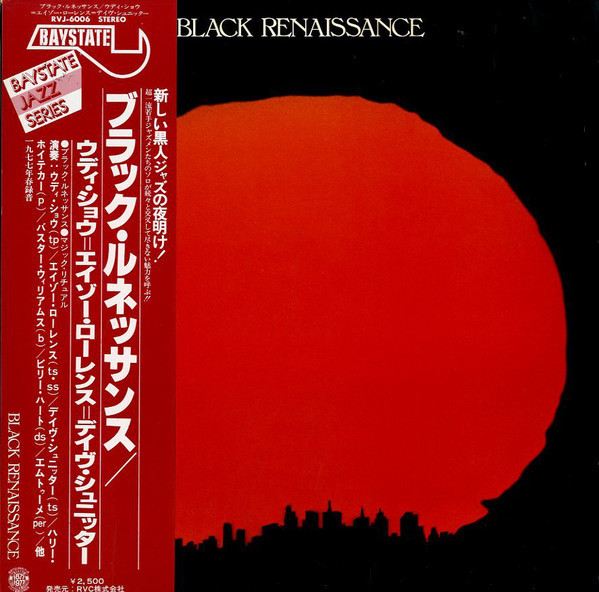
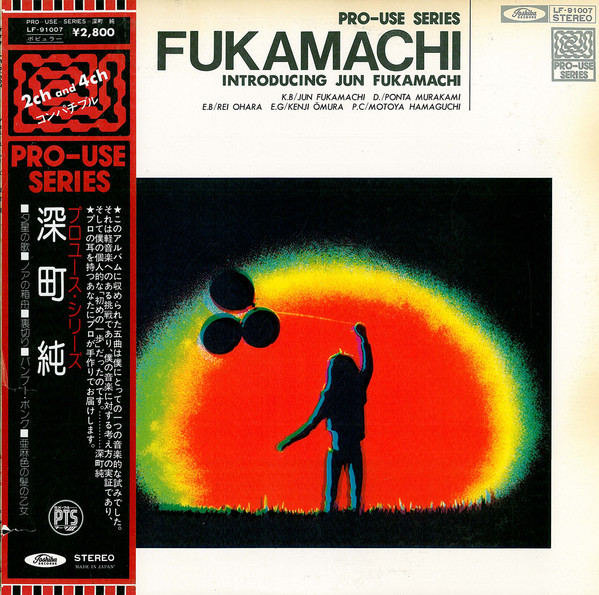
:format(jpeg):mode_rgb():quality(90)/discogs-images/R-2265639-1273261023.jpeg.jpg)


:format(jpeg):mode_rgb():quality(90)/discogs-images/R-15333235-1606716389-5780.jpeg.jpg)
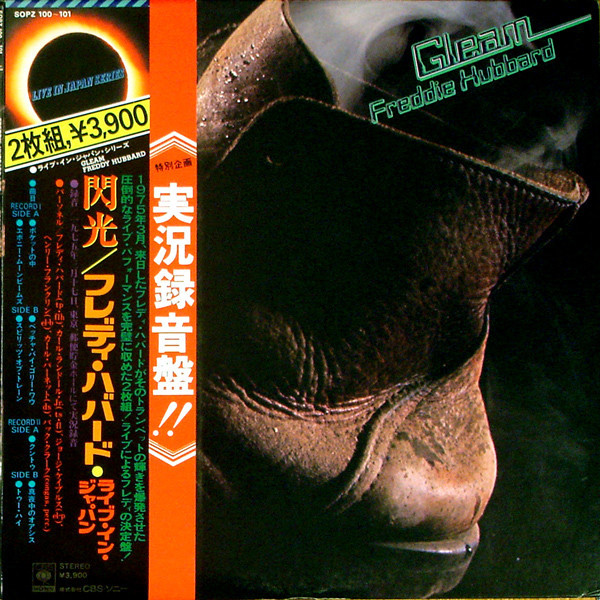
:format(jpeg):mode_rgb():quality(90)/discogs-images/R-9315975-1614604478-6891.jpeg.jpg)







